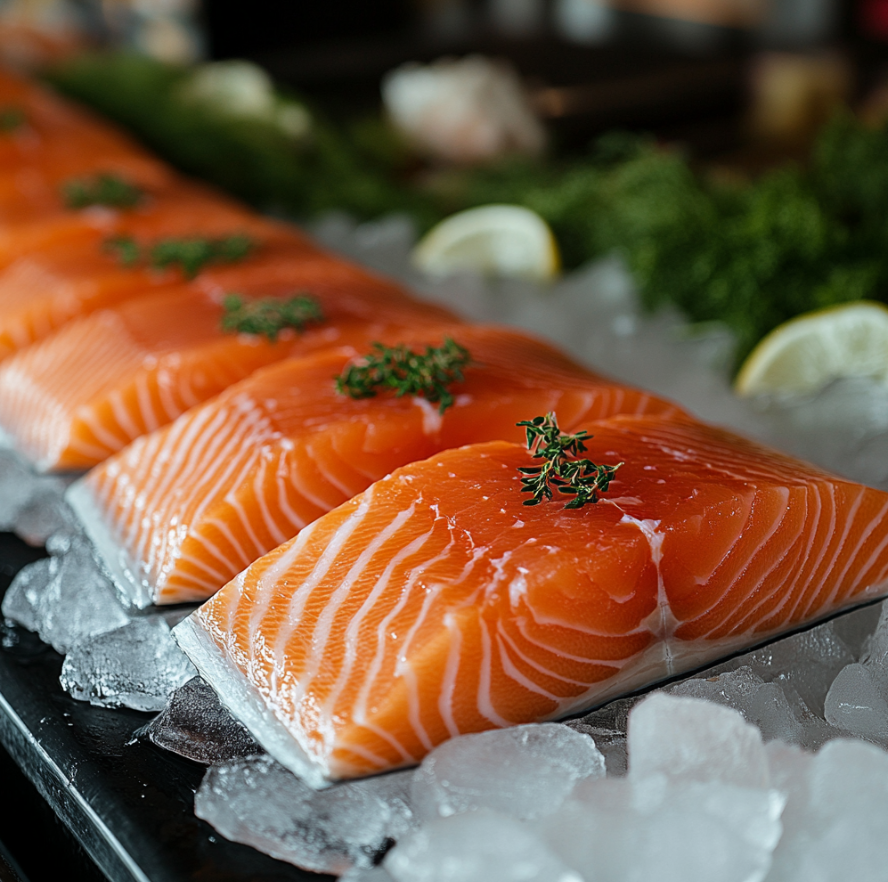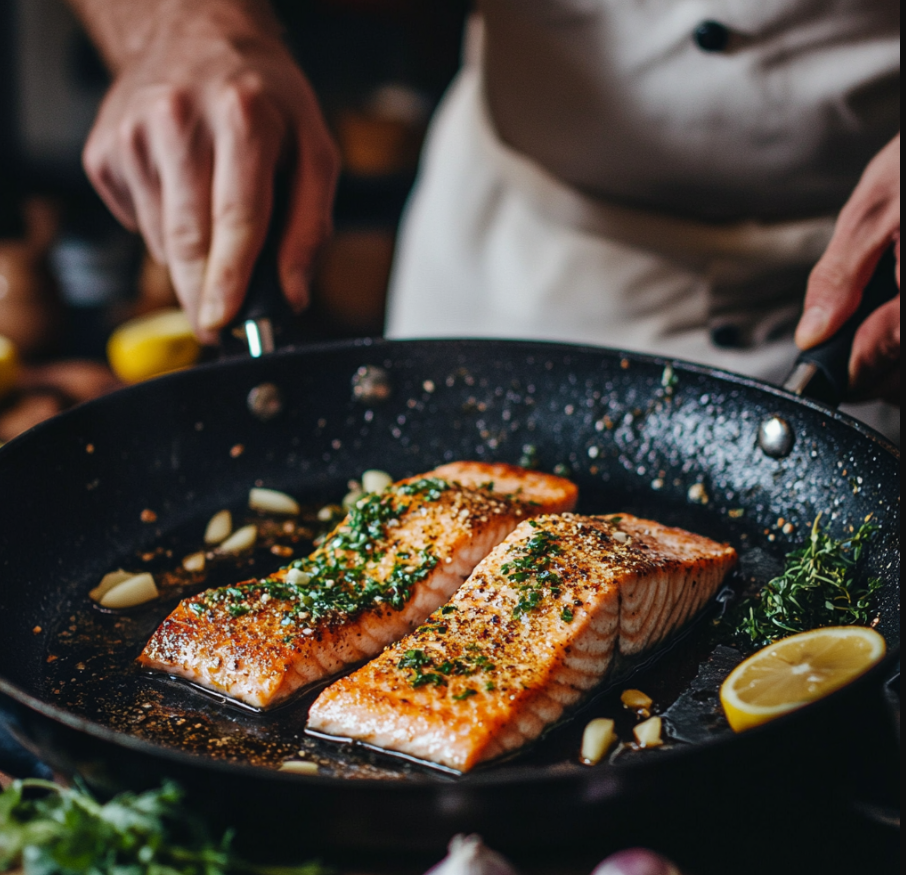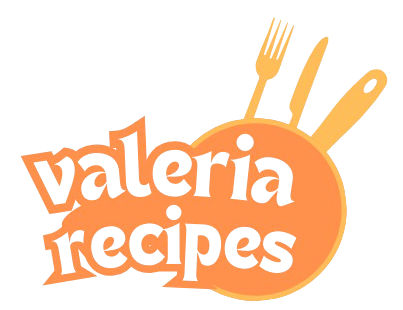Salmon is cherished for its rich flavor, versatility, and remarkable health benefits. Whether you’re a seasoned chef or a home cook, mastering the art of preparing salmon can elevate your culinary skills. This guide will reveal the secrets to achieving the best salmon every time.

Selecting the Best Salmon
The journey to perfect salmon starts with choosing the right fish. The debate between wild-caught and farm-raised salmon is ongoing, but understanding the differences is key. Wild-caught salmon generally offers a more robust flavor and firmer texture, while farm-raised salmon tends to be milder and fattier.
When selecting salmon, pay attention to:
- Bright, vibrant color: Fresh salmon should have a rich color, whether it’s pink, red, or orange.
- Firm texture: The flesh should spring back when pressed.
- Fresh smell: Fresh salmon should smell like the ocean, without any fishy odor.
Knowing the various cuts of salmon, such as fillets, steaks, and whole sides, is also crucial. For more tips on how to choose the best salmon, check out Choosing the Best Salmon.
The Importance of Seasoning
Seasoning is essential for bringing out the natural flavors of salmon. While salmon is delicious on its own, the right seasoning can enhance its taste and take it to the next level.
Key Seasonings for Salmon:
- Salt and Pepper: These basics enhance the fish’s natural flavor.
- Herbs: Dill, parsley, thyme, and rosemary are classic choices that pair beautifully with salmon.
- Citrus: A squeeze of lemon or lime adds brightness and cuts through the richness of the fish.
- Garlic: Adding minced garlic or garlic powder brings depth and complexity.
Avoid common seasoning mistakes, such as over-seasoning, which can overpower the delicate flavor of salmon, or under-seasoning, which can leave it bland. For a deeper dive into the benefits of these seasonings, see The Health Benefits of Salmon.
Cooking Techniques for Perfect Salmon
The cooking method you choose greatly impacts the final texture and flavor of your salmon. Here are some of the best techniques to achieve perfectly cooked salmon:
Pan-Searing
- Achieving a Crispy Skin: Start with a hot, oiled pan, place the salmon skin-side down, and press gently for even contact. Cook until the skin is crispy, then flip and cook for a few more minutes.
- Why It Works: Pan-searing gives you a crispy exterior with a tender, juicy interior.
Grilling
- Tips for Grilling: Preheat the grill to medium-high, oil the grates, and cook the salmon for about 4 minutes per side, depending on thickness.
- Why It Works: Grilling adds a smoky flavor and charred edges that complement the rich taste of salmon.
Baking
- Oven-Baked Salmon: Preheat the oven to 400°F (200°C), place the salmon on a baking sheet, and bake for 12-15 minutes.
- Why It Works: Baking is a gentle method that ensures even cooking and a moist, flaky texture.
Poaching
- How to Poach: Simmer the salmon in a flavorful broth until it is just cooked through.
- Why It Works: Poaching keeps the salmon tender and infuses it with subtle flavors.
Smoking
- Smoking Salmon: Use a smoker or grill with wood chips to slowly cook the salmon over low heat.
- Why It Works: Smoking adds a rich, deep flavor and preserves the salmon’s moist texture.

Pairing Salmon with the Right Side Dishes
A well-paired side dish can elevate your salmon dish from good to extraordinary. Consider these options:
- Vegetables: Roasted asparagus, green beans, or Brussels sprouts add a vibrant, crunchy contrast.
- Starches: Serve with creamy mashed potatoes, wild rice, or quinoa for a satisfying meal.
- Salads: A light, citrusy salad with a vinaigrette dressing balances the richness of the salmon.
For a refreshing side option, consider pairing your salmon with a Mediterranean Couscous Salad. The bright and tangy flavors of the salad will complement the salmon beautifully.
Common Mistakes to Avoid When Cooking Salmon
Even with the best ingredients and techniques, certain mistakes can ruin your salmon dish. Here’s how to avoid them:
- Overcooking or Undercooking: Salmon can quickly become dry if overcooked or too raw if undercooked. Use a meat thermometer to ensure it reaches an internal temperature of 145°F (63°C).
- Improper Seasoning: Too much or too little seasoning can significantly affect the flavor. Aim for balance.
- Not Letting Salmon Rest: After cooking, let the salmon rest for a few minutes to allow the juices to redistribute, resulting in a more tender bite.
Expert Tips for Perfect Salmon Every Time
- Bring to Room Temperature: Let the salmon sit at room temperature for about 15 minutes before cooking to ensure even cooking.
- Use a Meat Thermometer: This tool helps you avoid overcooking or undercooking by checking the internal temperature.
- Rest Before Serving: Allow the salmon to rest for a few minutes after cooking to lock in the juices.
Nutritional Benefits of Salmon
Salmon is not just delicious but also incredibly nutritious. It is:
- High in Omega-3 Fatty Acids: Essential for heart health and brain function.
- Rich in Protein: Supports muscle growth and repair.
- Packed with Vitamins and Minerals: Including vitamin B12, vitamin D, and selenium.
These nutrients make salmon an excellent choice for a healthy diet. For more information on the nutritional benefits of salmon, see The Health Benefits of Salmon.
Frequently Asked Questions (FAQs)
What is the best way to cook salmon for beginners?
For beginners, baking salmon in the oven is one of the easiest and most foolproof methods. It requires minimal effort and yields moist, flaky results.
How can I tell if my salmon is fresh?
Fresh salmon has a bright, vibrant color, firm texture, and a clean, ocean-like smell. Avoid salmon that looks dull, has soft spots, or smells overly fishy.
Can I use frozen salmon, and how should I prepare it?
Yes, you can use frozen salmon. Thaw it in the refrigerator overnight, then pat it dry and season before cooking as you would fresh salmon.
What are the best seasonings for salmon?
The best seasonings for salmon include salt, pepper, fresh herbs (like dill and parsley), garlic, and citrus zest. These enhance the natural flavors without overpowering the fish.
How do I prevent salmon from sticking to the pan?
Ensure the pan is hot and well-oiled before adding the salmon. A non-stick pan or a well-seasoned cast-iron skillet also helps prevent sticking.
Conclusion
The secret to the best salmon lies in selecting high-quality fish, seasoning it properly, and choosing the right cooking technique. By following these tips and avoiding common mistakes, you can achieve perfectly cooked salmon every time. Whether you’re pan-searing, grilling, or baking, these secrets will help you create a delicious, nutritious meal.
For more insights into mastering salmon dishes, you might also find the article on What Gordon Ramsay Puts on Salmon helpful. It dives into the techniques and seasonings used by the renowned chef to elevate this popular fish.
Happy cooking!

